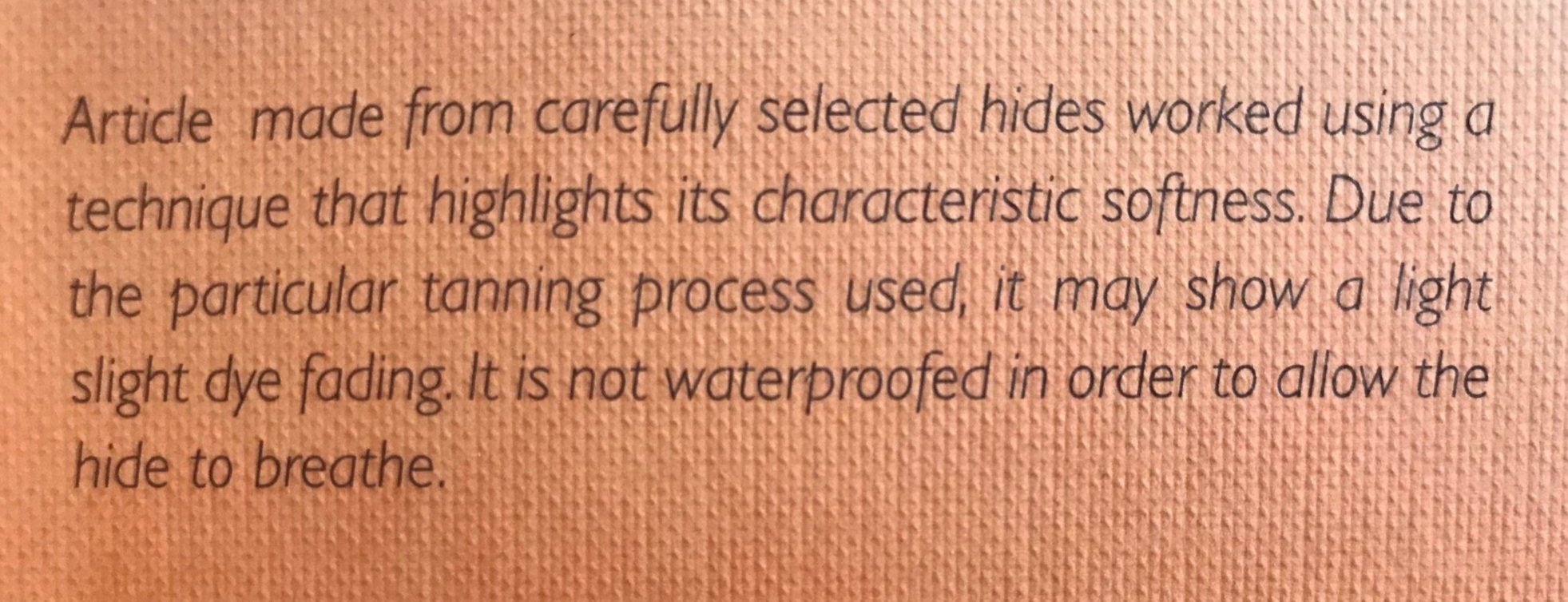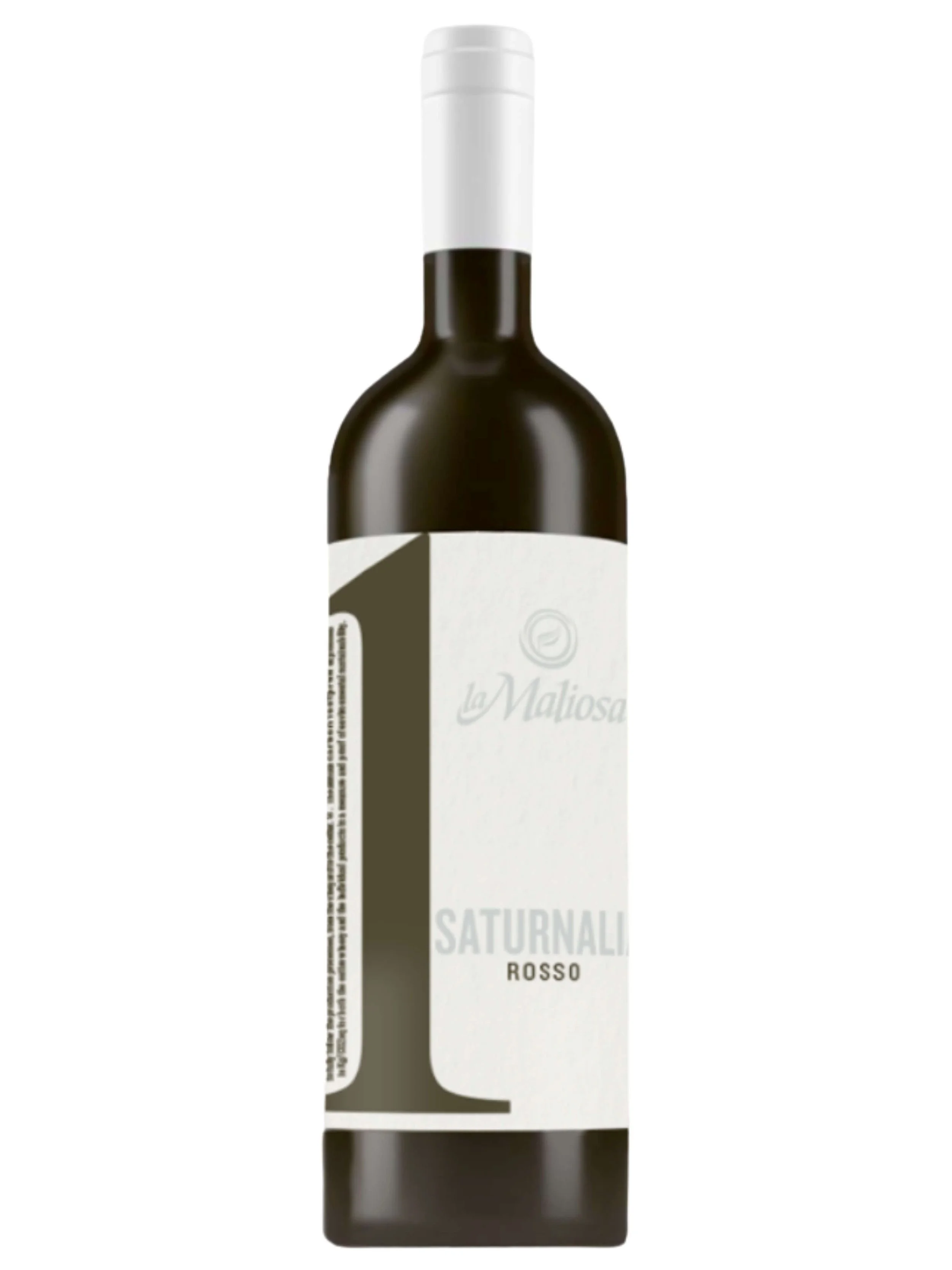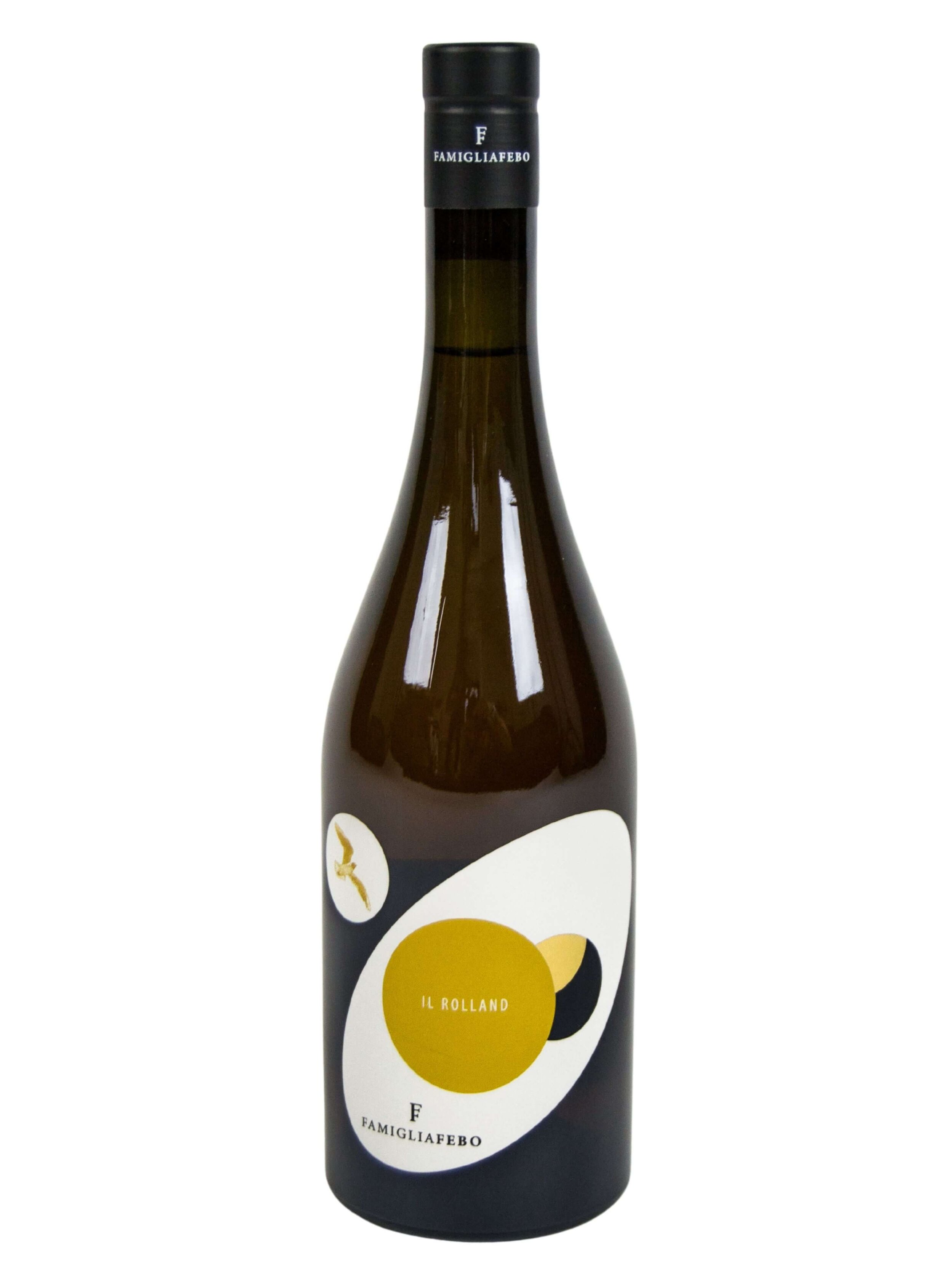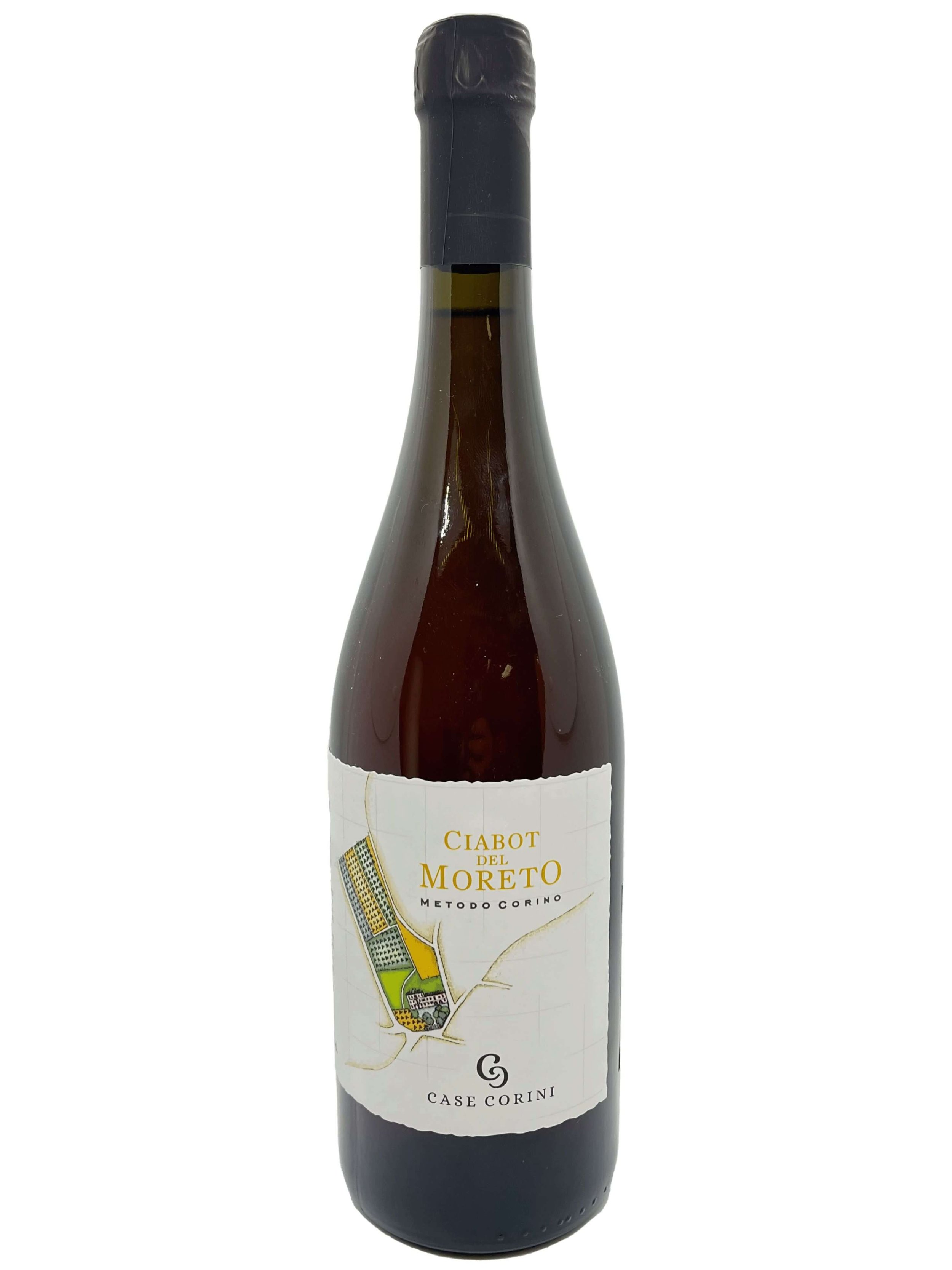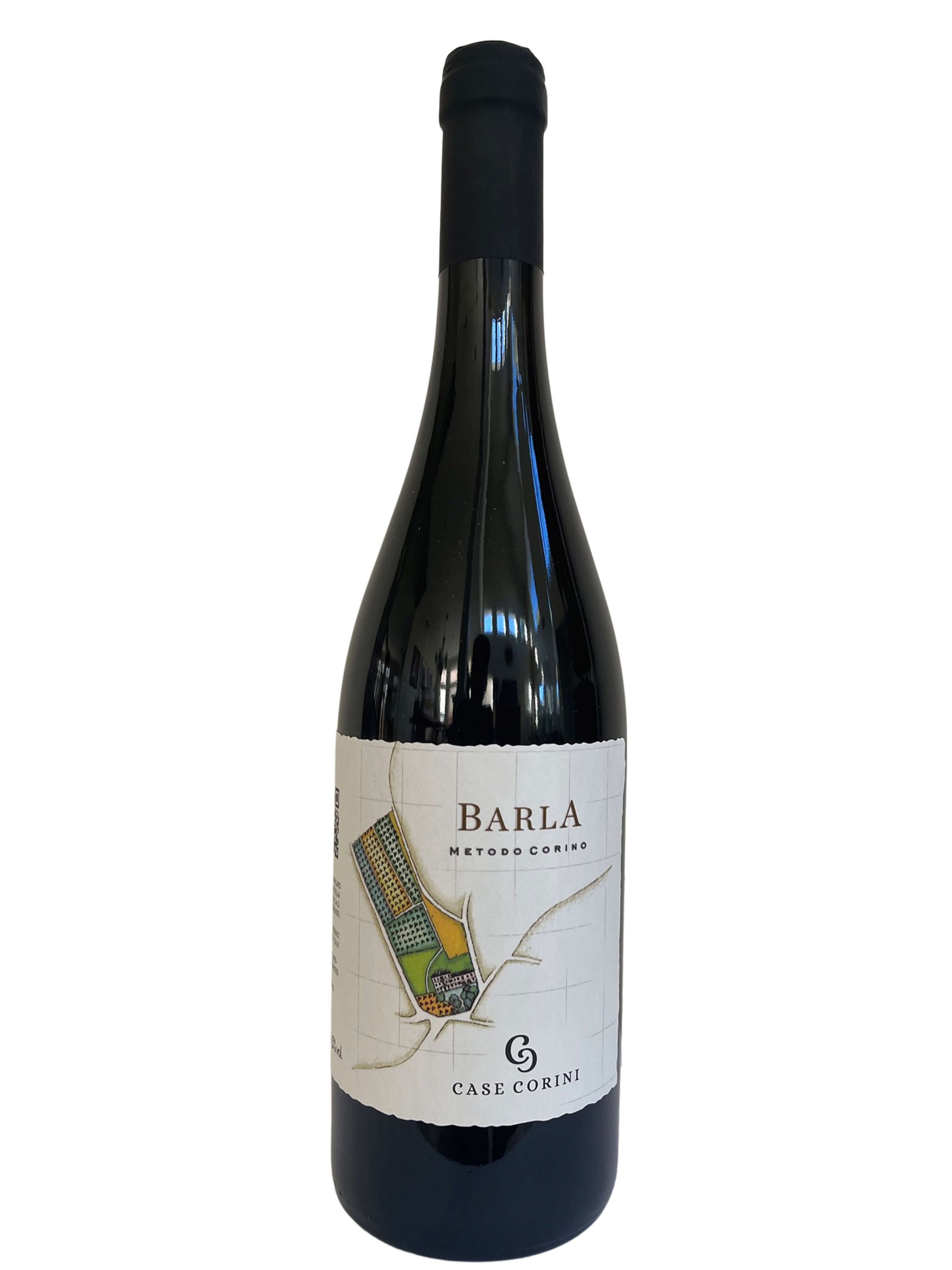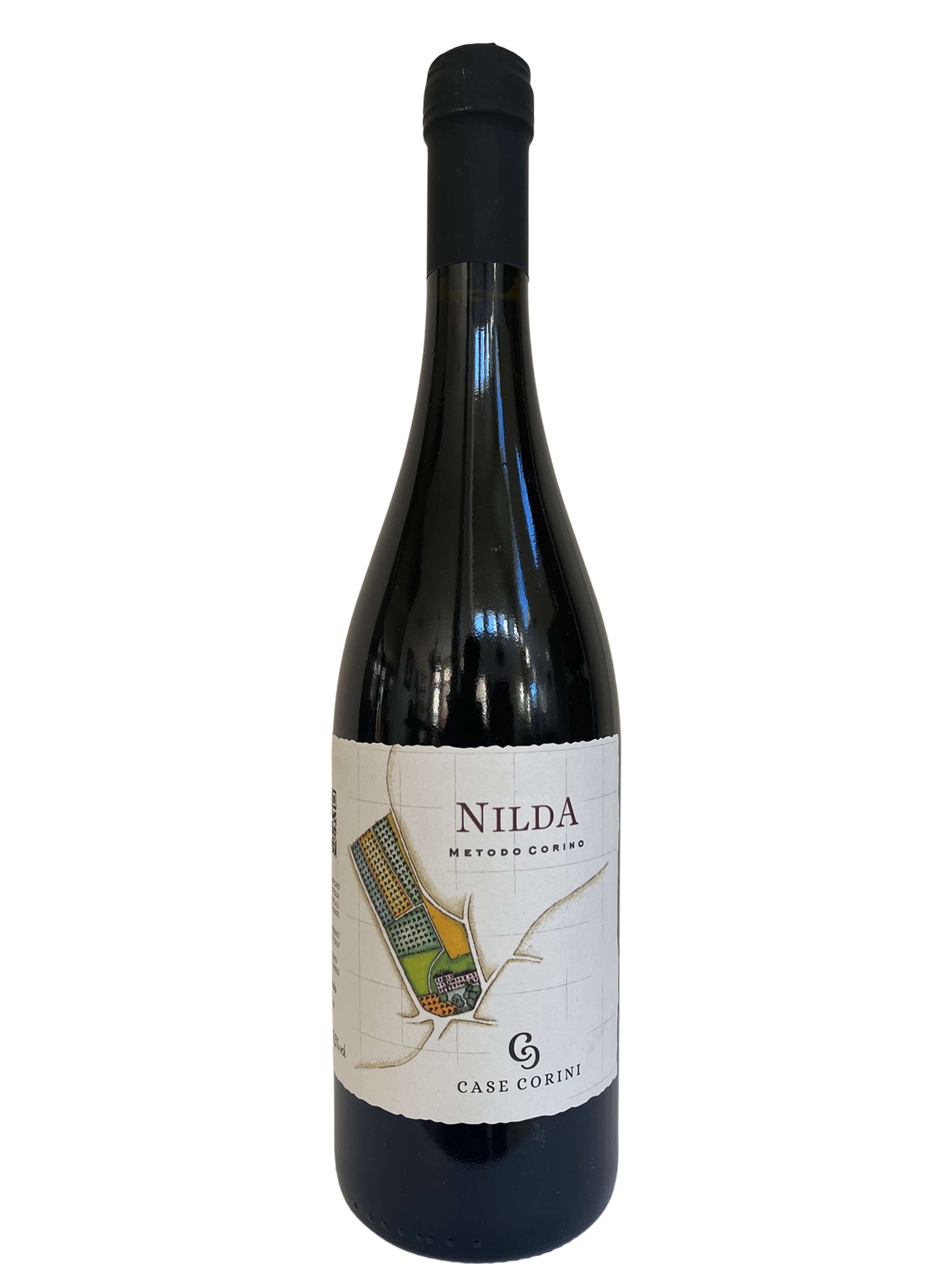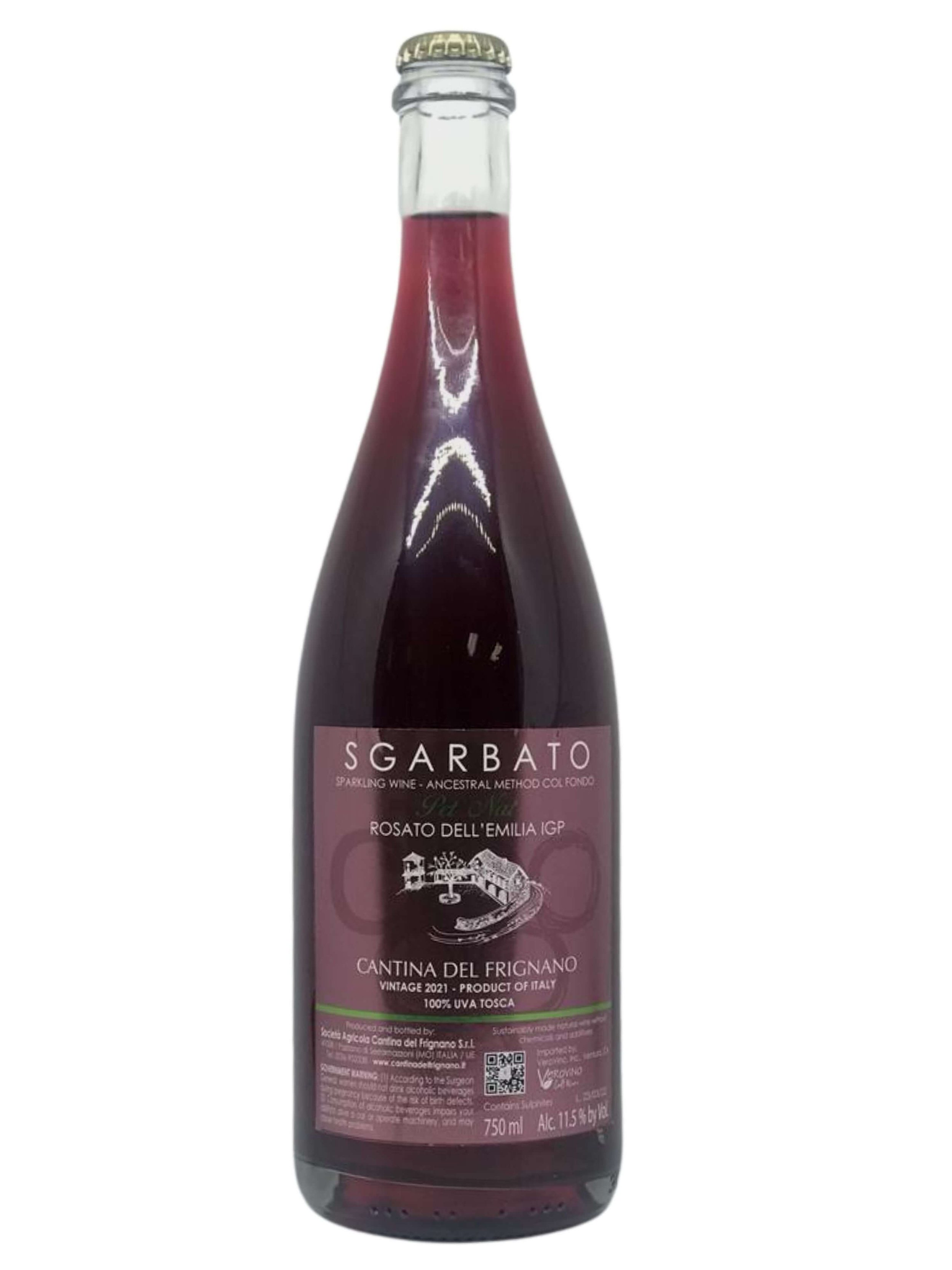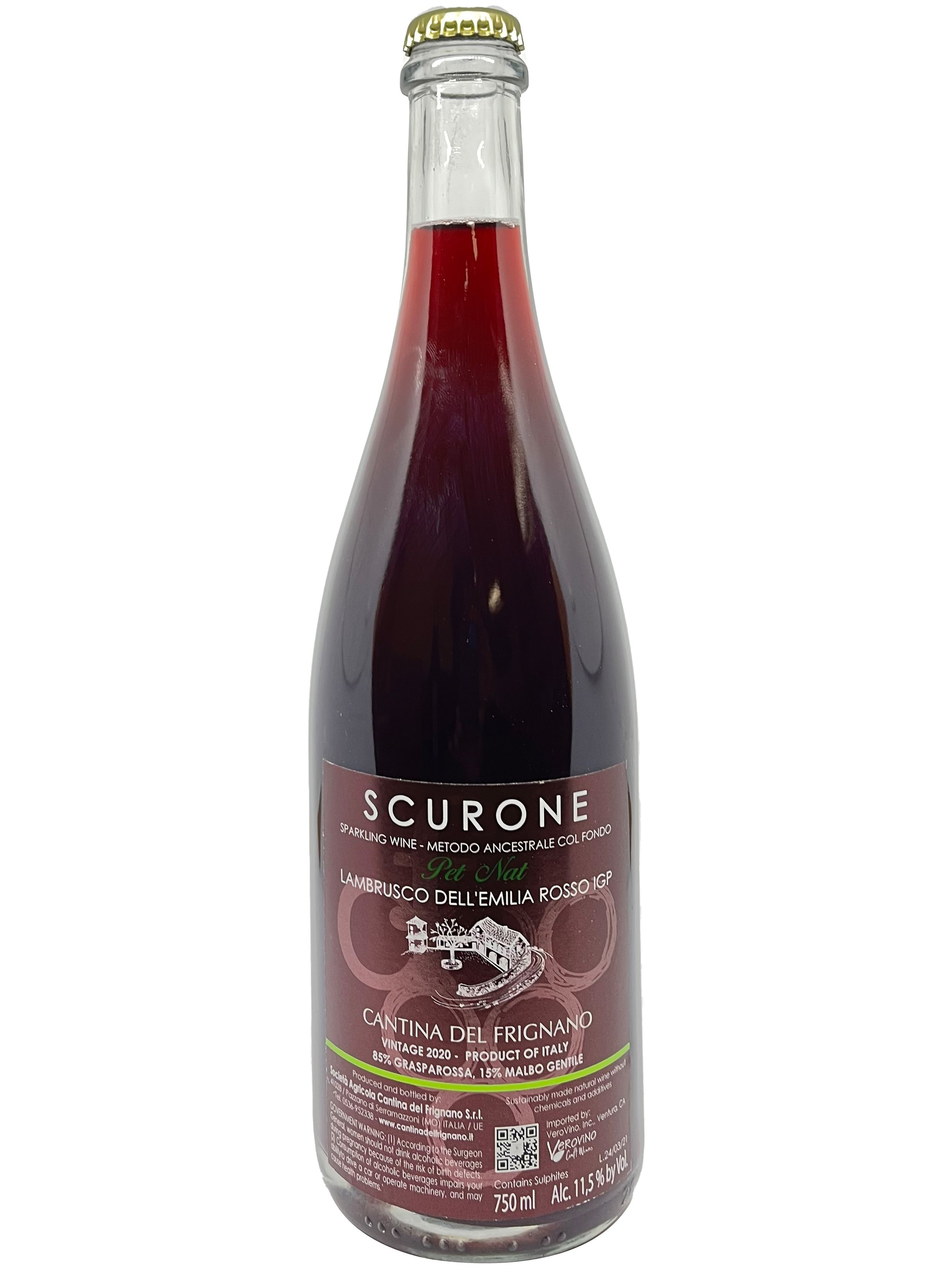Embracing Perfect Imperfections in Wine
Sometimes we seek out products that have imperfections without knowing it.
Like when you buy a handcrafted leather good or designer piece of clothing, and you open the package to see a card with a disclaimer stating that it may have defects, saying “this is a natural product which may have irregularities” or “may show a light dye fading’. The manufacturer may indicate that they skipped certain processes, like waterproofing, to allow the natural aspects of the material to shine through. And they may go out of their way to justify their position like saying the “materials were selected very carefully and made with craftsmanship care.” And with all of these potential issues, the manufacturer still stands by these abnormalities emphasizing that this shows the product’s expression of uniqueness and craftsmanship. Yet, when we see these disclaimers when opening the new purchase, we don’t bat an eye.
Likewise, the organic & farm-to-table movement has changed our idea of shopping for fruits and vegetables. Once upon a time, we were taught to look for the best looking apples, pears and tomatoes. Today, our habits have changed: we look beyond a slight mark, bruise or deformed shape as we are sifting through produce at a market or store. In fact, if an apple appears way too shiny and perfect, this sometimes leads to suspicion. We’ve gotten used to looking beyond the aesthetics of food and knowing that what counts is on the inside, beyond the surface.
Yet, some reason, this idea is lost with wine… we open a bottle of wine and wrinkle our noses when the slightest hint of imperfection or unexpected flavors creep out of our glass.
A spider makes his home in one of La Maliosa’s vineyards.
However, for us, this is actually the phenomenon that has drawn us to the world of wine. In fact, Sheila Donohue founded Vero over five years ago after realizing that the wines and olive oils we enjoyed so much from artisans and farmers in Italy and other countries in Europe were not available in the US. These products are small production and made by artisans who want to best express the natural elements which have allowed them to make their natural wines and organic extra virgin olive oils. While they take a minimal intervention approach to cultivating and making their natural products, it is not without painstaking efforts to care for their vineyards and olive oil trees, like pruning, mulching, thinning, checking on the plants and fruit all the way to making it, like allowing for a natural fermentation using the natural yeasts from the plant, or adding very little to no sulfites at bottling.
The result is a wine, or olive oil, with loads of variability, vintage to vintage, bottle to bottle, even from the moment you open it to when you’re sipping throughout a meal, or over a course of a couple of days. Call it what you like, natural wine, low intervention wine, artisanal wine, etc, changes in how a small production wine, like the ones Vero specializes in, looks, smells, tastes is a good thing, as it proves it is a truly natural, untampered product.
Yet this approach comes with its risks. That’s what the fashion designer houses call “irregularities” which is a hot topic in the wine world these days, especially with the recent surge in interest and popularity of natural wine.
We’ve ‘tip-toed’ into this controversial topic, of what is a defect or not in a natural wine, in some of our recent articles like ‘Elephants in the Natural Wine Room’ and this natural wine glossary addressing debate raging in the world of natural wines, like when is an imperfect wine too flawed? If beauty is in the eye of the beholder (or drinker), at what point does a wine become ‘defected’ and undrinkable?
To learn more about Flaws in Wine, we’ve been turning to wine author and PhD Jamie Goode, like this presentation that he recently gave in Los Angeles about where he draws a parallel between wine flaws and the principle in the eastern philosophy that is called in Japan Wabi Sabi. Every so often, seeking out philosophies and approaches in Eastern cultures can be enlightening. And we think Jamie is onto something.
Let’s explore further the east vs west concepts of beauty and perfection.
Beauty and Perfection in Eastern versus Western Cultures
An example of the Japanese art of kintsugi, using the philosophy of wabi sabi, where a broken bowl is mended using gold to create an imperfect, yet still beautiful object.
Cultures vary widely the world over, especially between the generic cultural identities of the ‘east’ and the ‘west’. Philosophy, art, esthetics, and beauty are some of the places where the widest culture gaps can be seen. For example, in the western Greco-Roman ideology, beauty = perfection and vice versa. Generally, perfection is viewed as ‘without flaws’.
However, crossing into another hemisphere, eastern culture is filled with examples where beauty = imperfection; or better said, without imperfections, one can never realize how perfect something truly is. Throughout several cultures we see examples of this: Buddhism and its practice of meditation relishes enjoying the moment, the emotion, the object, for what it is. Momentary imperfections represent ‘real life’, and is a show that you are experiences is true, real , and authentic.
Similarly, moving into Japan, we can talk about the philosophy of wabi-sabi. This is a Japanese term that means to focus on finding beauty in flaws and imperfections within life, in order to better accept the peaceful natural rhythms of growth and change. It is a movement that relishes asymmetry, simplicity, and irregularity. A well known example of wabi sabi is the art of kintsugi, whereby broken objects are repaired using a special artistic technique of fixing the cracks with gold, in order to create a new, entirely unique piece that is more beautiful than before thanks to its imperfection and broken cracks.
Overall, using techniques such as meditation, or philosophy such as wabi sabi, one can learn to appreciate the uniqueness of certain experiences and objects. Their flaws are what make then special, beautiful in their own way, much like us humans and our bodies and minds. And to be honest, we don’t see why this idea cannot be applied to wine as well.
What Does This Mean for Imperfections in Wine?
Most wines that make it to large national stores are mass produced wines out and made like a soft drink, to taste the same year after year; in fact, you can add up to 200 ingredients to wine and not disclose it on the label. Tasting these wines are enjoyable to those that are expecting their wine to have a standard taste, but what you miss out on is the discovery and recognizing a sense of place for that wine. That is often called terroir in wine, when the wine in your glass speaks to you about where it is from.
For example, natural wine producer Febo in Abruzzo was hesitant to introduce to the market their Pecorino wine, Rolland as the first year they made it, in 2020, was hot and dry that it results in an unrecognizable Pecorino, looking like an orange wine instead of a white wine. Once Vero founder, Sheila Donohue, tasted it, she loved how it was so different and concentrated in flavor and aromas, yet expressive of the natural conditions which made the wine. She convinced winery owner and vigneron, Davide Febo, to bottle it so we could bring it into the US for the first time along with their other natural wines.
Imperfection and beauty can be seen on the vine too, not just in the glass, as demonstrated by uneven foliage in an organically farmed vineyard.
Terroir is so important to wine and winemaking; places like Burgundy where a cru can be just a few rows demonstrate how soil, terrain and everything can change over a small area. A pinot noir can be made in California, France, Italy, Australia, South Africa… So what makes it special in all of these places? The land, the terroir, changes. That is why the terroir is so crucial when it comes to understanding a wine and understanding why that wine is special. The smaller the area the more pure the terroir expression in the product.
While mass market wines have predictable taste, with small production wines, it is almost like you need to look for the irregularities in the wine to understand where and how it was made. Do these differences between a California cab and a French cab make one ‘right’ and one ‘wrong? No. So why should certain irregularities be considered wrong when perhaps it is simply expressing the terroir and linking the wine to its origin, demonstrating that the place where it is from and how it was made is special.
Let’s take the example of La Maliosa in Tuscany as an example of how terroir can shine through in wine. Woman winemaker Antonella Manuli loves the wildness of the land of Maremma, Tuscany, which drew her to choose that land to shine through in her natural wines. Making natural, organic and biodynamic wine like she does, you can see why Maremma, like La Maliosa’s Tarconte, makes a different Sangiovese than other parts of Tuscany Or how their red blends like Saturnia Rosso or the ciliegiolo based La Maliosa Rosso utilize grapes that are local to the area. Perhaps the most classic example of wabi sabi in La Maliosa wines is the orange Saturnia Bianco (now called Saturnalia Bianco). Described often as ‘funky’, this unfiltered wine has nothing added, and you can taste the volcanic soil under the roots of the vines. However, its ‘funkiness’ does not detract from its enjoyability and drinkability; in fact, it makes it more intriguing, and is also with the Culinary Institute of America calls “a wine for difficult food pairing,” meaning it goes with anything. It is malleable, bending to please any aspect of the food you have in your mouth, a sort of Gumby-like wine when it comes to pairing foods.
This is where we should recognize that an irregularity doesn’t have to ‘ruin’ the wine. But, all said and done, that doesn’t mean that all irregularities and flaws should be accepted.
When an Irregularity Becomes a Problem
Ok, so here is the rub… some natural wine experts disagree on what is a defect, and has become a trending discussion topic, like we mentioned in our recent top trends article.
For example, Jamie Goode argues that it is normal for wine to have irregularities, in fact that’s where the beauty of wine can be found. He believes that brett (or Brettanomyces) gives wine character, yet other wine experts, like Nick Jackson, have no tolerance for Brett.
This ‘wiggle room’ for determing what is a defect or not has become so wide that calling out defects has become a bit of a free-for-all, and confusing wine drinking consumers. Some wine bars use the ‘natty’ wine excuse to pass off truly defected wine. Like, when Vero founder Sheila Donohue recently visited a natural wine bar, and after being served a mouse tainted wine was simply told “oh, you want something less natty then. ” This undermines the position of ‘perfect imperfection’, and when a wine loses its sense of place due to an extraneous taint, then the irregularity has become a flaw, not just a ‘natty wine’. To us, “natty” does not mean defective. But mouse is a defect.
Case Corini believes in a ‘live and let be’ form of farming, letting nature take its course, even when that mean irregular ripening or imperfect clusters.
In the aforementioned presentation by Jamie Goode about Flaws in Wine, he makes an interesting distinction between flaws and taints. To paraphrase his thinking, a flaw comes from the winemaking, like went wrong in fermentation, such as the yeasts went crazy, the wrong yeasts were introduced, or bacteria ran wild. Yet taint is an intrinsic factor, like the dreaded ‘cork taint’ or smoke contamination.
Following these definitions, he argues that taints such as cork or mouse should be universally deemed unacceptable as they drown out the flavors and nuances of the wine, whereas certain flaws, such as Brettanomyces (also known as brett), have certain thresholds or characteristics that are acceptable. For example, brett can lend a very earthy, wild animal, spicy flavor to a wine. Some wines love these flavors, but others, like the fruity pinot noir, are dampened by them. In fact, some wineries are now even experimenting with adding brett to their wines deliberately, to give them a unique twist - go figure!
There are even some more obvious cases of irregularities such as sweet wines made with botrytis (like a sauternes or Picolit), where grapes are left to be infected by mold to create unique flavors. Or cases of oxidation, where it can be considered a flaw until it becomes a deliberate choice and integral aspect of wine craft like in Madeira or certain Sherries. And what about Pet Nat wines? Made in the once-upon-a-time ancestral method, Pet Nat wines are sparkling wines that have not been disgorged, like the Lambrusco-esque wines of Essentia, Sgarbato, and Scurone. In other wines, the sediment and lees left over in the bottle would be considered a defect or flaw, but the turbidity has become a hallmark of the movement and style, representing a constantly evolving and unique wine.
We like to think of it this way: does the wine still have a sense of place, terroir, passion, that overpowers the fault? Or does the fault detract from the inherent characteristics of the wine? Is it too intrusive, covering the wine’s flavors? The flaw must add to the wine, not drown out the terroir and mask it.
It is also worthy to note why many of these flaws come about in wine. It is not a sign of ‘shoddy’ winemaking in the realm of biodynamic wine or minimal intervention styles of winemaking. In fact, some defects, like mouse, have been found to be more prevalent in wines with no added sulfites. Take, for example, Lorenzo Corino Case Corini nature wines which is a cult natural wine producer whose wines are sought after for their uniqueness and use of regenerative farming practices that sustain the land. The lack of added sulfites in their wines may result in a wine that has what traditionally sommeliers would consider ‘defected’ with flaws like Brett. But in our eyes, this is the mark of a true farm-to-glass small production wine rather than a mass market oriented manufactured wine.
Embrace Imperfections
Our philosophy has always been in stride with what Jamie Goode refers to as wabi sabi with wine, and it extends to food as well, like olive oil. This is what makes you excited about a discovery of any artisan product, its uniqueness. If you still enjoy drinking the wine, who is to say its defected? So, order wine online from our shop and experiment with discovering what new experiences and flavors wabi sabi and eastern beauty can bring to your cellar.
While it is true that natural wines can be susceptible to what some consider defects due to their uniqueness, they are not products made to be perfect, but instead to express a natural way of being; like the place, soil, weather, grapes, vineyards, which can result in a wine that has what traditionally trained sommeliers might consider defects. But we say… this doesn’t have to be the case. Wines like the ones we curate have an inner beauty which a chemically produced mass-market wine cannot ever compete with: personality, character, and a true sense of place. In our mind, that is wine’s beauty: take one grape, make it here, make it there… and two different wines emerge. Which one is ‘better’? Which one is ‘perfect’? That, our fellow wine lovers and adventurers, is for every individual drinker to decide.

